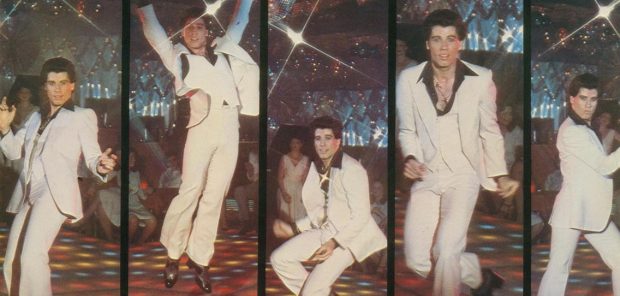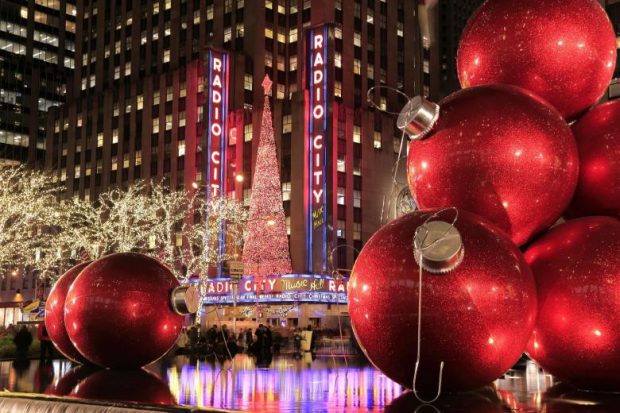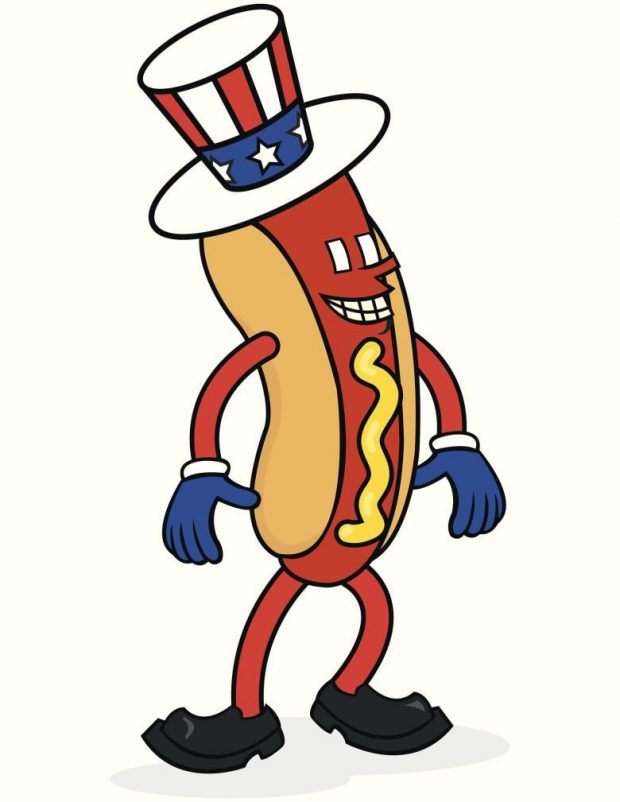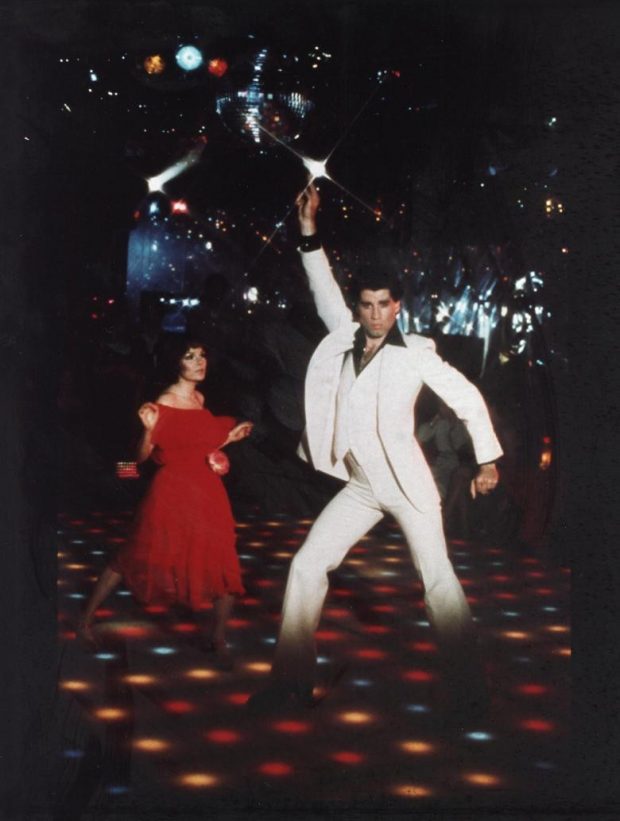
The city is experiencing one of the toughest years in its history. But New York will reinvent itself again. After all, this is where the best ideas have always come from – from hot dogs to acrylic paint to disco.
Again and again, you hear that the legendary charm of New York City should be over since Corona. Over 290,000 tested positive, more than 24,000 deaths. An increase in company insolvencies of 40 percent compared to the previous year is forecast, even the shop windows in prime locations are nailed up in rows.
The city has not been as battered since the 1970s as it was this fall. Now “New York Magazine” has produced a consolation dispenser in the form of a coffee table book. The idea is simple: an ode to the city in the form of short reports about things and phenomena that started right here and conquered the world – baseball, flash mob, scrabble, even the cotton swab.
It quickly becomes clear: the view of the city’s history is also one of its future. New York has always been a place that attracts people who want to achieve something, a metropolis of constant new beginnings. Here we introduce eleven of the most beautiful, weirdest, and most influential New York inventions.
It all began with a shaft that the industrialist Peter Cooper had planned in the main building of the private university Cooper Union in 1853 – years before elevators even existed.
After all, in the same year, Elisha Otis invented the safety device for elevators, which prevents the cabin from falling. However, it would be four more years before Otis installed the first secure passenger elevator in a department store on Broadway. The expansion into heaven could begin and has not stopped since then. The Central Park Tower, which was completed this year, is currently the tallest residential building in the world at 472 meters. A specially developed elevator that whizzes up the 131 floors in just one and a half minutes is of course made by Otis.
It’s hard to imagine that America’s first cycle path was introduced here, of all places. When the pneumatic safety low wheel, as it was called, became a popular means of transport in the late 19th century, half of the spacious sidewalk along the eight-kilometer-long Ocean Parkway in Brooklyn was given to cyclists.
Just one month after its opening on June 15, 1894, the gravel surface had to be refilled due to wear and tear. 125 years later, New Yorkers are crazy about bikes again. The city was converted to two-wheeler compatibility in record time. The run on bicycles has been so great since the Corona crisis that they were sold out in many shops in the spring.

More than eight kilometers of fairy lights adorn the red spruce in front of the Rockefeller Center
The electric Christmas miracle happened in 1882 when Edward H. Johnson, a manager of the Edison electricity company, wanted to draw attention to the newly founded company by tying 108 small, hand-made lightbulbs together. He wrapped the chain of lights around a pine tree in front of his house and amazed passers-by and journalists. A few days ago a 23 meter high red spruce was brought to the Rockefeller Center by police escort, where it will be adorned with more than eight kilometers of fairy lights in the coming weeks; the “switching on” of the Holiday Lights on December 2nd will be televised.
READ: Ajman Fish Market: The Best Place To Create A Culinary Wonder

Color pigments based on plastic instead of oil, in short: “Magma”
A lot of New York innovations are about saving time. Even in art! Mark Rothko, Willem de Kooning, and Jackson Pollock were thrilled in the mid-1940s when their art supply store in Greenwich Village sold a new color. Sam Golden, the nephew of the founder Leonard Bocour, had mixed color pigments on plastic instead of an oil base at the request of a customer. From now on, Bocour sold the “first new painting medium in 500 years” under the name “Magma”. Roy Lichtenstein liked the special brilliance so much that he painted with “Magma” for the longest part of his career.

It used to be called dachshund bun: the hotdog
Similar to the currywurst in Germany, the origin of the hot dog is hotly contested territory. It seems certain that the German immigrant Charles Feltman sold the sausage in an elongated, soft wheat roll sometime between 1867 and 1871 from a handcart in Coney Island. In 1915 a man named Nathan Handwerker cut the buns at the place Feltman built on the success of his sausage bun, and in 1916 laid the foundation stone for the “Nathan’s Famous” chain – a name that still attracts New York visitors to this day Mouth constricts. By the way, in Feltman’s time, the hot dog was still called “Dachshund Sandwich” (dachshund bun).
See also Sailing in New York: Breeze and Incredible Expanse
“Friends”, “Seinfeld” or “King of Queens” – the best sitcoms are set in New York City, where the first series of its kind was invented. The concept is as simple as it is successful: situation comedy and gags as part of a dramatic plot with a manageable cast. “Mary Kay and Johnny” was the name of the first sitcom whose main characters were a couple in real life. From 1947, viewers could watch Mary Kay and Johnny quarrel and laugh every evening in their tiny Greenwich Village apartment. One might think that this is a very up-to-date format. NBC’s new quarantine sitcom “Connecting …” didn’t get past the first season.

1977: John Travolta in the movie “Saturday Night Fever”
When the city was on the brink of bankruptcy in the mid-1970s, clubs like “Xenon”, “Studio 54” or “Paradise Garage” had a party unheard of before: with Wall Street bankers, homosexuals, Playboys, whites, blacks, latinos.
See also Books and Films: What to Watch and Read Before a Trip to New York City
Gloria Gaynor’s version of “Never Can Say Goodbye” landed at the top of the first disco charts, John Travolta danced to the brilliant soundtrack of the Bee Gees in the blockbuster “Saturday Night Fever” and showed that New York nightlife is also a struggle for advancement that you can start a world career even in a white suit. Disco was soon decried as commercial, was considered bourgeois fun, but also stood for a culture of hedonism and inclusion. And delivered New York the ever-current battle cry “I will survive”.
Like us on Facebook for more stories like this: